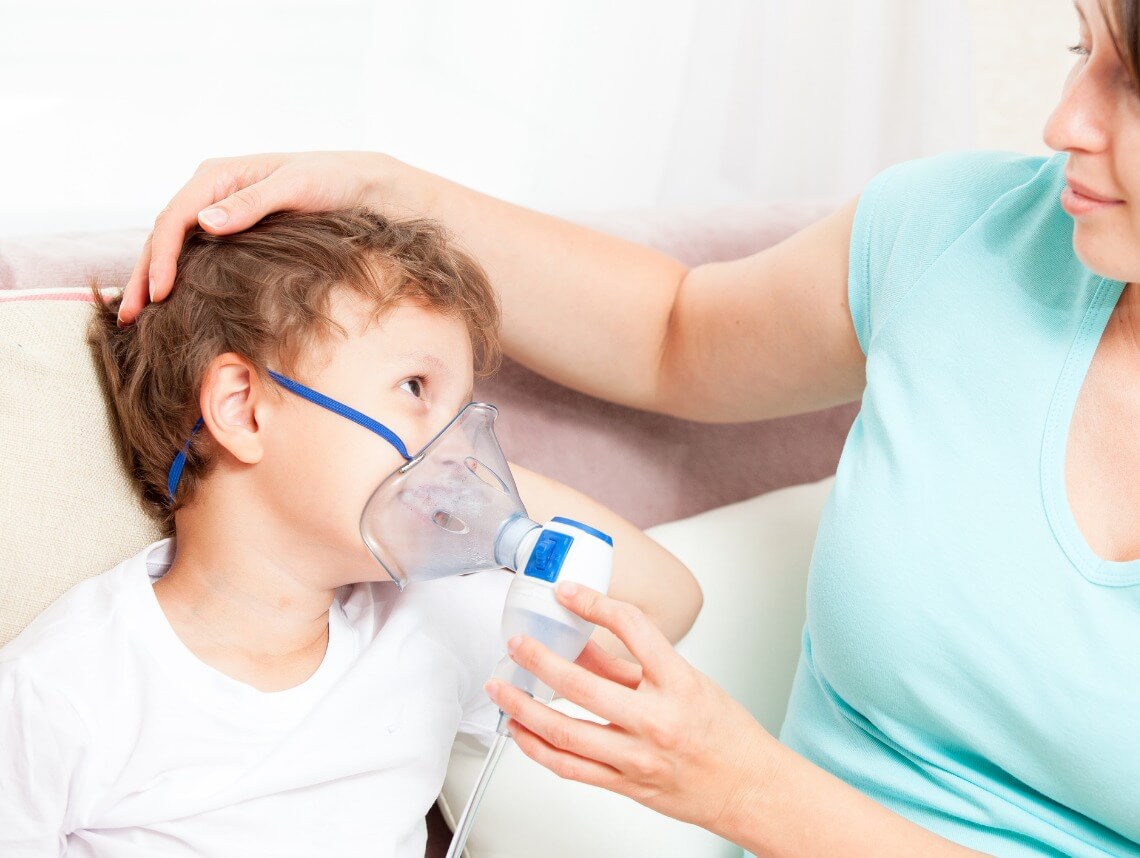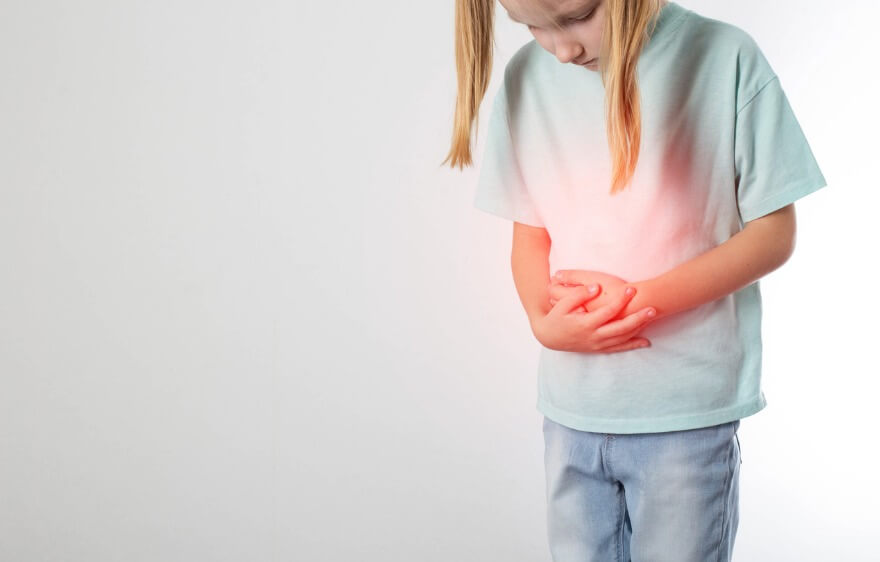Fewer things are as upsetting as finding out your child has a health issue. And when it’s something as serious as respiratory distress, it’s easy to become overwhelmed with worry.
But what exactly is Acute Respiratory Distress Syndrome (ARDS)? What causes it? What are some of the signs that your child may have it, and what can you do to help?
Because we understand how much you care for your family, we are here to offer answers.
Types of Acute Respiratory Distress
There are two types of acute respiratory distress:
Hypoxemic: This happens when there is not enough oxygen in a person’s bloodstream. It can be mild, moderate, or severe. This is a serious condition that may end up affecting vital organs, such as the brain and liver.
Hypercapnic: This occurs when a person has too much carbon dioxide (CO2) in the blood. Typically CO2 is expelled from the lungs when a person exhales during regular breathing. When ARDS prevents the body from expelling CO2, the extra amount in the bloodstream can cause damage to cells and the nervous system. It can also cause asphyxiation.
These conditions can be either acute (the result of an emergency) or chronic (an ongoing condition that requires treatment for the long term). This blog discusses exclusively acute respiratory distress.
Common Causes of Respiratory Distress in Children
Acute Respiratory Distress Syndrome is caused when there is fluid buildup in the lungs. This results in the patient being unable to receive enough oxygen in his or her lungs, which affects internal organs.
Children who are more likely to develop acute respiratory distress have usually also suffered from one of the following:
- Injury to the lungs
- Head injury
- Asthma
- Pneumonia
- Cystic fibrosis
- Muscular dystrophy
- Being otherwise critically ill
The most common causes in newborns are sepsis or pneumonia. Asthma, pneumonia, and croup are often the culprits for ARDS in toddlers.
Signs of Respiratory Distress in Children
The signs and symptoms of acute respiratory distress are hard to miss, including:
- Confusion
- Dizziness
- Sitting up and leaning forward
- If lying down, stretching the neck and lifting up the nose
- Drooling
- Troubled breathing
- Breathing through the mouth
- Chronic shortness of breath
- Tachycardia (a fast heartbeat while resting)
- Wheezing
- Skin changes color
- Loss of consciousness
If your child is suffering from any of these symptoms, call 911. Do not wait. Acute respiratory distress can cause long-term disabilities and it’s one of the most common causes of pediatric cardiac arrest. Early detection can significantly improve a child’s prognosis.
Treatment for Acute Respiratory Distress in Children
Acute Respiratory Distress Syndrome is a medical emergency and should only be treated at a hospital.
Contact Care Options for Kids for Pediatric Home Care Services
When a child is diagnosed with a serious condition, his or her entire family is affected. And depending on your specific circumstances, you may need additional help providing the best care possible for your son or daughter.
At Care Options for Kids, our goal is to build relationships based on trust. We understand that looking into home health care services can be a worrisome experience, especially when the care is for your child.
If you are considering pediatric home health care services, contact the caring staff at Care Options for Kids. Call today at (888) 592-5855.






